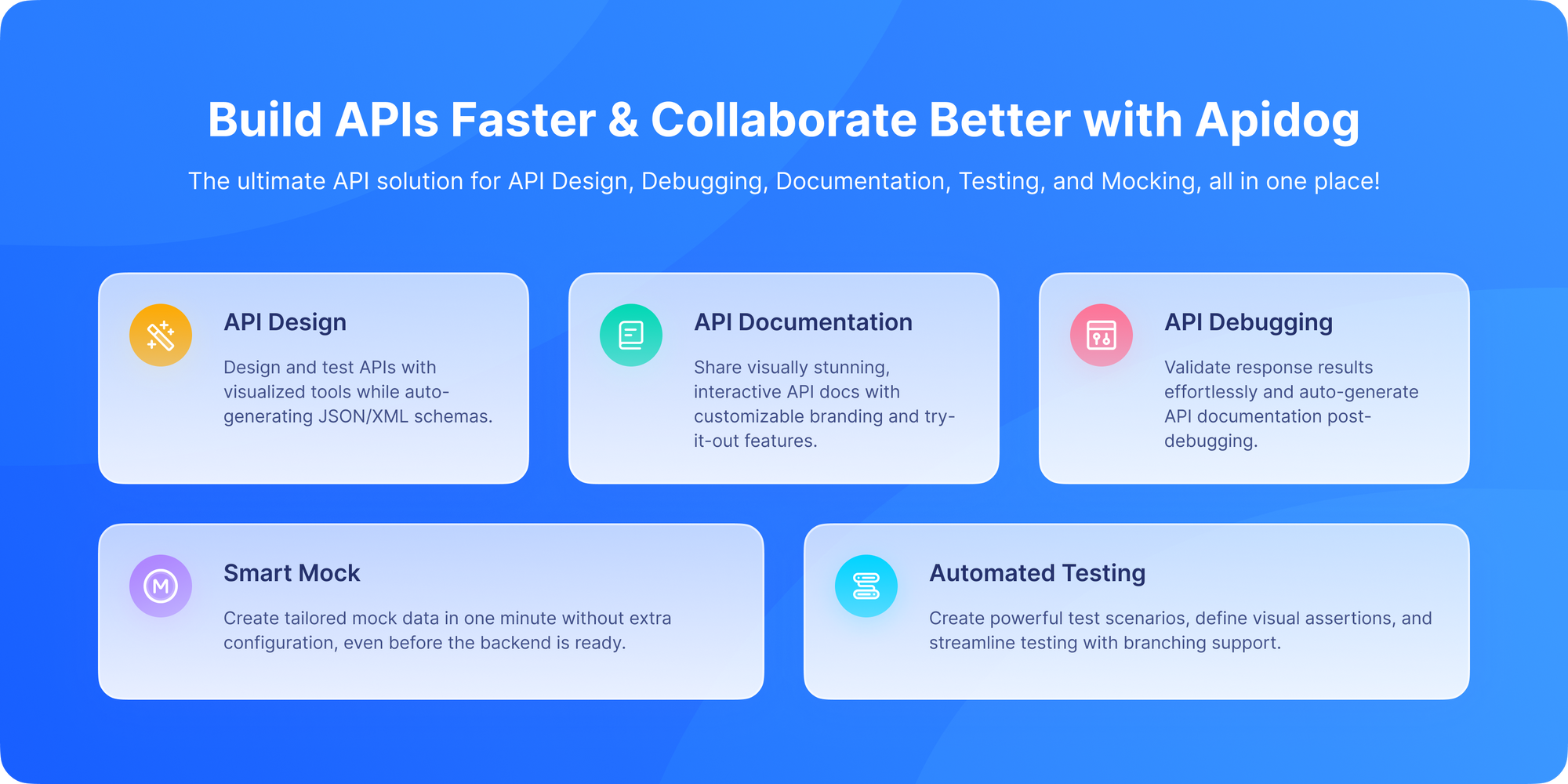You click a link on a website. For a fraction of a second, nothing happens. Behind the scenes, your browser is waiting. It's sent a request to the server and is patiently idling until it gets a response. Once the response arrives the HTML of the page the browser can finally start parsing it, discovering which stylesheets, scripts, and images it needs, and then begin requesting those.
This delay, however brief, is a fundamental bottleneck in web performance. What if the browser didn't have to wait? What if the server could give it a sneak peek, a list of the most critical resources needed, before it had finished assembling the final page?
This isn't a futuristic idea. It's a real technology available today, and it's powered by one of the newest HTTP status codes: 103 Early Hints.
This code is all about anticipation and efficiency. It's the server leaning into the connection and whispering, "Psst... while I'm getting the main thing ready, you should probably start asking for these other things right now."
If you've never heard of it before, don’t worry, you're not alone. Status code 103 is relatively new, but it plays a very interesting role in improving web performance and user experience.
If you're obsessed with shaving milliseconds off your load times and improving Core Web Vitals, this status code is a powerful tool you need to know about.
And before we dive into the mechanics, if you're a developer or DevOps engineer focused on performance, you need a tool that can help you test and visualize the impact of these advanced HTTP features. If you’re testing HTTP status codes including newer ones like 103 Early Hints you’ll need a powerful API testing tool. That’s where Apidog comes in. With Apidog, you can design, test, and debug APIs in real time, making it much easier to experiment with responses like 103. The best part? You can download Apidog for free today and start hands-on testing and optimize your website's critical rendering path from the very first byte.
Now, let's explore how HTTP 103 Early Hints turns waiting time into loading time.
The Problem: The Blocking Delay
To understand why 103 is a big deal, we need to understand the critical path of a traditional webpage load:
- Request: Browser requests
https://example.com. - Waiting (TTFB): The browser waits. This is the Time to First Byte (TTFB). The server is busy executing code, querying databases, and assembling the HTML response.
- Response: The server sends the complete HTML response (
200 OK). - Parsing & Discovery: The browser starts parsing the HTML. Halfway through, it finds a
<link rel="stylesheet">tag for a crucial CSS file. It then sends a new request for that file. - More Waiting: The browser waits again for the CSS to be downloaded before it can even think about rendering the page.
The key insight is that the browser is blocked during step 2. It's sitting on its hands, unable to do anything until the first byte of the HTML arrives. The server, during this time, knows exactly what resources the page will need (the CSS, the logo, the web font). But it says nothing until the very end.
103 Early Hints is designed to break this blocking period.
What is HTTP 103 Early Hints?
The HTTP status code 103 Early Hints is part of the 1xx informational response class. These codes are not final responses; instead, they provide useful signals to the client before the server sends the full response. Formally defined in RFC 8297, the 103 Early Hints informational status code is used by a server to send preliminary HTTP headers before the final response.
While the server is preparing the final response, it can send a 103 response that contains Link headers. These Link headers point to the important resources the browser will need to render the page primarily stylesheets, fonts, and sometimes scripts.
Specifically, 103 Early Hints tells the client:
"Here are some resources you’ll likely need go ahead and start fetching them while I prepare the full response.”
The browser can then immediately start preconnecting to domains or, even better, preloading these critical resources, all while the server is still busy generating the main HTML document. This is particularly handy for web browsers, as they can preload stylesheets, scripts, or images before the actual HTML document arrives.
Why Was 103 Early Hints Introduced?
In today's internet, speed is everything. Users expect websites to load in milliseconds, and search engines even use page speed as a ranking factor.
Before 103 Early Hints, browsers had to wait for the full server response before knowing which resources to load. That waiting period could slow down rendering and frustrate users.
The solution? Give the browser a head start.
That's exactly why 103 was introduced. It helps reduce time to first paint (TTFP) and time to interactive (TTI) by allowing the browser to fetch resources early.
The Role of 103 in Web Performance
Think of it like this:
- Without 103: The server says, "Hold on, let me prepare everything, then I'll tell you what to download."
- With 103: The server says, "Here's a shopping list while I cook. Go grab these ingredients, and by the time you’re back, dinner will be ready."
This small but powerful difference can dramatically improve perceived speed.
How It Works: A Step-by-Step Race
Let's walk through a real example. Imagine a server that needs 600 milliseconds to generate a homepage.
Without 103 Early Hints:
0ms: Browser sendsGET /.0ms - 600ms: Browser waits. (Total waiting: 600ms)600ms: Server sends200 OKwith HTML. The HTML includes a link tostyles.css.600ms: Browser parses HTML, seesstyles.css, and requests it.600ms - 900ms: Browser waits forstyles.css. (Total waiting: 900ms)900ms: Browser has CSS and can start rendering.
With 103 Early Hints:
0ms: Browser sendsGET /.50ms: The server, which knows the page needsstyles.css, quickly sends a preliminary response:
HTTP/1.1 103 Early Hints
Link: </styles.css>; rel=preload; as=style3. 50ms: The browser receives the 103 response. It doesn't wait for the final HTML. It immediately starts a preload request for styles.css.
4. 50ms - 600ms: The browser is now downloading styles.css in parallel while the server is still generating the HTML. The server finishes and sends the 200 OK with the HTML.
5. 600ms: The browser now has both the HTML and (likely) the CSS file already downloaded and in its cache. It can begin rendering immediately.
By using the 103 response, the browser spent the waiting time productively. The CSS download happened concurrently with server-side processing, effectively hiding the network latency for the CSS file. This can lead to a significantly faster First Contentful Paint (FCP) and Largest Contentful Paint (LCP).
The Magic of the Link Header
The true power of 103 isn't in the status code itself, but in the Link header it carries. The Link header is a standard HTTP header for establishing relationships between the requested resource and other resources.
The most valuable rel (relation) value for performance is preload.
</styles.css>; rel=preload; as=style
This tells the browser:
</styles.css>: The path to the resource.rel=preload: "Please fetch this resource as early as possible, with high priority."as=style: "This is a stylesheet." This helps the browser set correct priorities, headers, and security policies.
Other useful as values include as=font, as=script, and as=image.
Why Use 103 Early Hints? The Tangible Benefits
- Improved Core Web Vitals: This is the biggest benefit. By allowing critical resources to be fetched earlier,
103directly improves metrics like Largest Contentful Paint (LCP) and First Contentful Paint (FCP), which are key Google ranking factors. - Better Resource Utilization: It turns sequential operations into parallel ones. The network is idle during TTFB;
103uses that idle time to get a head start. - No Code Changes: Unlike other optimizations that require you to change your HTML structure (e.g., pushing resources),
103is implemented at the server or CDN level. Your application code remains unchanged.
The Challenges and Considerations
103 Early Hints is powerful, but it's not a magic bullet. There are important caveats:
- Browser Support: This is the main limiting factor. As of now, 103 Early Hints is primarily supported by Chromium-based browsers (Chrome, Edge, Brave). Firefox and Safari are still evaluating it. The good news is that it's a progressive enhancement browsers that don't support it will simply ignore the
103response and wait for the final one, with no negative impact. - Over-promising: You must be certain that the resources you hint about will actually be in the final HTML. If you send a
103hinting atstyles.cssbut then send HTML that doesn't use it, you've caused the browser to waste bandwidth on an unnecessary request. - CDN or Server Support: You need your server software (like NGINX, Apache) or your CDN (like Cloudflare, Fastly) to support generating the
103response. Many major CDNs now support it as a configurable feature.
How to Implement 103 Early Hints
You typically won't implement this directly in your application code (e.g., in your Node.js or Python app). The delay in your application is exactly what we're trying to work around. Instead, implementation happens closer to the edge:
CDN (Easiest Method): CDNs like Cloudflare offer 103 Early Hints as a simple toggle in their dashboard. They can automatically generate hints based on the Link headers found in the final response. You just enable it.
Web Server Configuration: For more control, you can configure your web server. Here's an example for NGINX:
# In your server or location block
location / {
# This adds the 103 hint for specific resources
add_header Link "</styles.css>; rel=preload; as=style" always;
add_header Link "</app.js>; rel=preload; as=script" always;
# Your usual proxy pass to the application
proxy_pass <http://localhost:3000>;
}
The always parameter is key here, as it ensures the header is sent even for the provisional 103 response.
When Should You Use 103 Early Hints?
Use 103 Early Hints when:
- Your website has critical CSS/JS needed immediately.
- You want to optimize for Core Web Vitals.
- You’re working with slow backend responses.
- You use CDNs or reverse proxies that can benefit from preloading.
Avoid using it for:
- Non-essential resources.
- Experimental setups without proper browser support.
Testing and Debugging with Apidog

Seeing 103 in action requires looking at the raw HTTP conversation, which is hidden from users and often from developers in standard browser dev tools.
This is where Apidog becomes an essential part of your performance toolkit. With Apidog, you can:
- Capture Raw Traffic: Send a request to your server and use Apidog to inspect the raw, unfiltered HTTP responses. This allows you to see the
103response followed by the final200response in the same connection. - Verify Headers: Ensure your
Linkheaders are correctly formatted with the properrelandasattributes. - Simulate Different Servers: Test against your production server, a staging server with
103enabled, and a local server to compare the response timing and structure. - Document Performance Flows: Use Apidog to document and share the before-and-after flow of your optimized endpoints with your team.
This deep level of inspection is crucial for validating that your 103 implementation is working correctly and actually improving the timing of your requests. If you want to truly understand how 103 works in your setup, Apidog gives you the hands-on playground you need.
The Future of Hinting
103 Early Hints is part of a broader shift towards a more proactive web. Other technologies like HTTP/2 Server Push aimed to solve a similar problem but were more complex and fell out of favor. 103 is a simpler, more elegant solution that gives the browser a suggestion rather than forcing data upon it.
As browser support expands, 103 could become a standard best practice for any performance-conscious website.
Best Practices for Developers
To use 103 Early Hints effectively:
- Only preload critical resources.
- Test thoroughly with tools like Apidog.
- Monitor bandwidth usage to avoid waste.
- Pair with CDN optimizations.
- Document preload strategies in your API/website design.
Conclusion: Turning Dead Time into Productive Time
HTTP 103 Early Hints is a brilliant example of a simple idea having a profound impact. It recognizes that the time a server spends thinking is also a time the network could be spending fetching.
By sending a preliminary heads-up, servers can turn a period of passive waiting into an opportunity for parallel work, shaving valuable milliseconds off load times and creating a noticeably faster experience for users.
While browser support is still evolving, implementing 103 is a clear win as a progressive enhancement. It requires minimal effort, carries no risk for unsupported browsers, and offers significant performance gains for those that do support it.
In short, it's a clever HTTP trick that lets browsers start loading important resources before the main response is ready. This improves speed, SEO, and user experience all crucial in today's fast-paced digital world.
And when you're ready to implement, verify this advanced optimization and you want to go beyond theory, a powerful API tool like Apidog will give you the clarity and confidence to ensure your hints are being sent correctly, helping you build a faster, and optimize your APIs or websites for maximum performance for everyone.
Don't just read about it, download Apidog for free today and experience 103 Early Hints in action.



